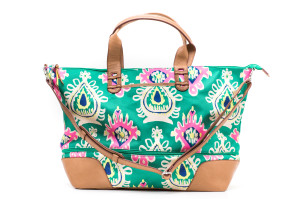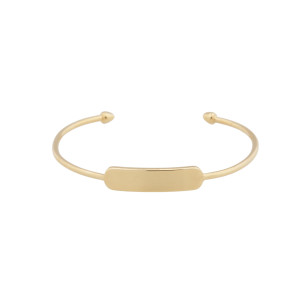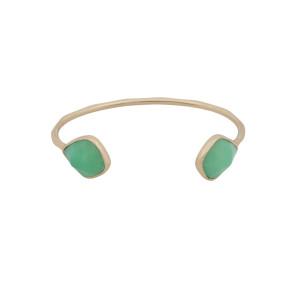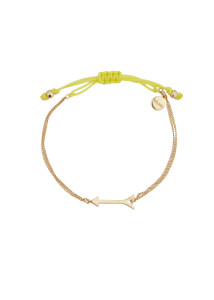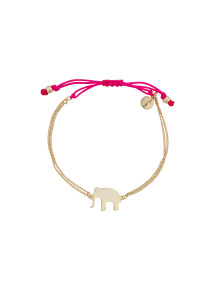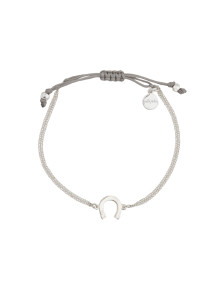Stella and Dot was co-founded by two Stanford grads, Blythe Harris and Jessica Herrin and are building a great business, all while empowering other women to be entrepreneurs in their own right through their social selling platform that allows their sellers or “stylists” as they call them to run their own trunk shows and e-commerece business. This is a jewelry and accessories that you actually want to wear at prices that range from as low as $19 to $300.
What is the business model all about?
The premise of the model is to provide flexible entrepreneurial opportunities for women. Co-founder Blythe Harris talks about meeting Jessica Herrin and being at a point in her life when she was thinking about having children and looking around to see how other women managed working and spending time with their children. She was really passionate about the idea of creating a flexible, modern opportunity for women.
How does the process work?
They have what are called “stylist” who sign up for $199. With that they get a starter kit of $350 worth of jewelry of their choice and professional business supplies suck as lookbooks, order forms and more. They own the samples and then they go out and host a trunk show. Through their own social network they’ll host a launch party with their own friends and then very quickly they’ll network and start getting other people to host trunk shows. Those people are called “hostesses”. You can participate in the brand in two ways: you can either be a stylist, where you earn 25 to 35 percent commission from what you sell or you can be a hostess, where you share your guest list and open your home to a stylists for a trunk show.
Do you plan on launching other categories?
In the Summer of 2013, bags and scarves were launched and where sold out very quickly. Accessories are very portable and very shareable, which is fits better into this model.
How much do your most successful stylists earn on average?
The potential earnings are what the stylists need it to be. The average stylist wants to be working 5 to 10 hours a week, not 40. They want want to make a little extra each month to help with the bills and support their children.
The key idea is for women to help other women
